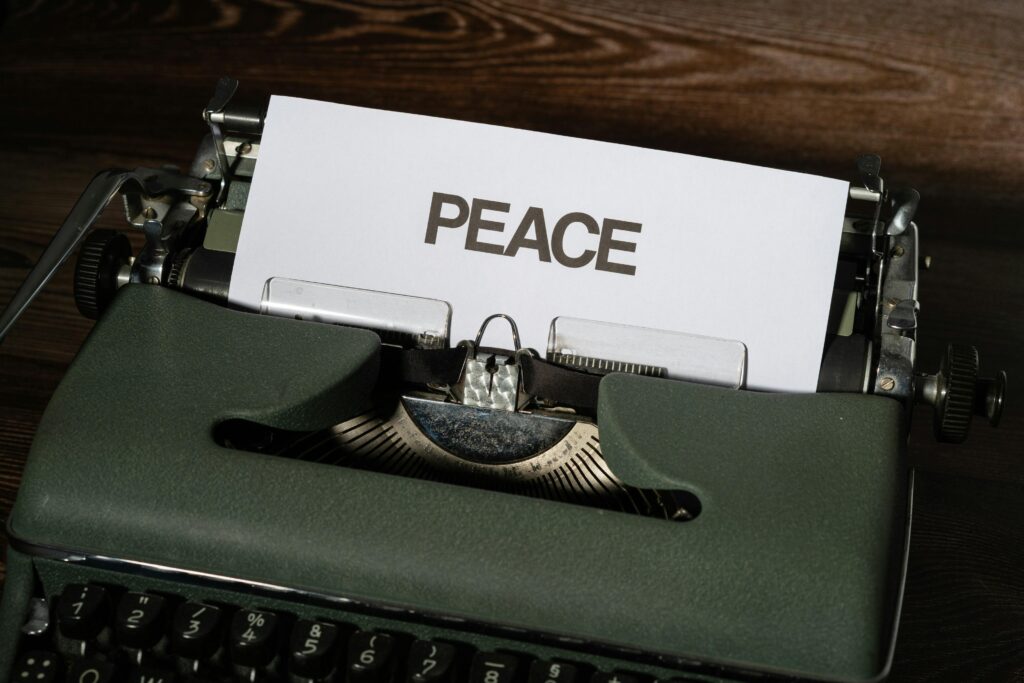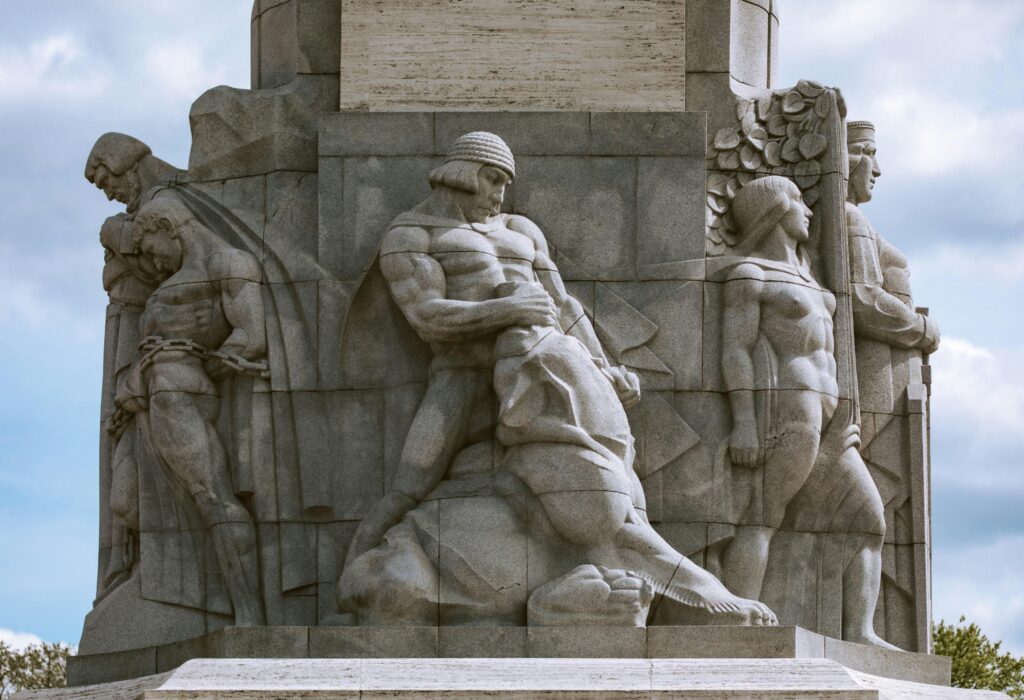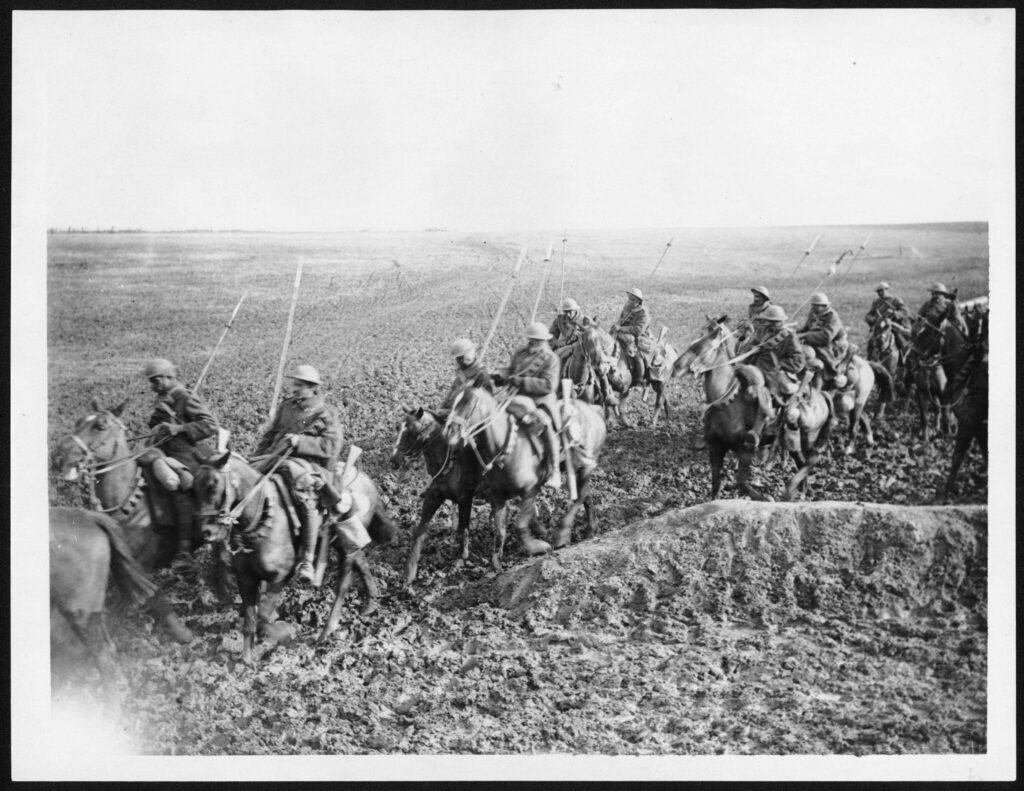The Battle of Bannockburn, fought in June 1314, stands as one of the most iconic moments in Scotland’s rich history. This monumental clash between Scottish forces under Robert the Bruce and the English army led by King Edward II not only shaped the course of the First War of Scottish Independence but also solidified Scotland’s resolve for freedom. More than just a military victory, Bannockburn became a powerful symbol of national identity and resilience—an enduring testament to Scotland’s unyielding spirit. In this article, we’ll explore how this defining battle changed the destiny of a nation and why it continues to resonate in the Scottish consciousness today.
Table of Contents
- Origins and Strategic Importance of the Battle of Bannockburn
- Key Tactics and Leadership That Secured Scotland’s Victory
- Impact of Bannockburn on Scottish National Identity and Independence
- Lessons from Bannockburn for Modern Military Strategy and Governance
- To Conclude
Origins and Strategic Importance of the Battle of Bannockburn
The Battle of Bannockburn, fought in June 1314, was a pivotal moment in Scotland’s arduous struggle for independence from English domination. The origins of this conflict lie deep within the centuries-old tensions between the two kingdoms, amplified by the complex claims to the Scottish throne following the death of King Alexander III. Edward II of England sought to impose his authority over Scotland, igniting a fierce resistance led by Robert the Bruce. This confrontation was not merely about territorial control; it represented a clash of national identities and the right of a people to self-determination.
Strategically, Bannockburn was a masterclass in terrain exploitation and tactical innovation. The Scots chose a battleground that naturally favored their smaller, more mobile forces — dense woods and narrow paths hindered the English cavalry’s effectiveness. Key elements that shaped the outcome included:
- Use of schiltron formations: Immovable circles of spearmen that neutralized English charges.
- Guerrilla-style harassment: Small bands disrupting enemy supplies and morale before the main engagement.
- Superior knowledge of the terrain: Allowing the Scots to outmaneuver and encircle larger forces.
These factors combined to transform the battle into a decisive victory, altering the course of Scottish history and symbolizing a resilient quest for independence.
Key Tactics and Leadership That Secured Scotland’s Victory
The triumph at Bannockburn was not solely a result of sheer numbers or brute force; it was the astute tactics and unwavering leadership of Robert the Bruce that rewrote the destiny of Scotland. Bruce’s intimate knowledge of the terrain allowed him to strategically position his forces, effectively neutralizing the more heavily armored English knights. He employed unexpected innovations such as tightening formations of schiltron infantry units, which acted as formidable defensive hedgehogs against cavalry charges.
Moreover, Bruce’s leadership extended beyond battlefield maneuvers; his ability to inspire unity among the often fractious Scottish clans played a key role. Essential tactical elements included:
- Utilization of natural landscape to funnel enemy troops into vulnerable positions
- Decisive command and control, maintaining discipline amidst chaos
- Coordination between infantry and scouts, providing timely intelligence
- Morale boosting strategies, ensuring troops fought with resolve and purpose
These decisive factors underscore how Bruce’s vision and tactical genius were pivotal in turning the tide at Bannockburn, forever embedding the battle as a symbol of Scottish resilience and autonomy.
Impact of Bannockburn on Scottish National Identity and Independence
More than a military triumph, Bannockburn became a powerful symbol of resilience and unity for Scotland, galvanizing national pride that has echoed through centuries. The victory reaffirmed the Scots’ claim to sovereignty and fueled a narrative of independence that transcended generations. It strengthened the country’s determination to define its own destiny, making the ideals of freedom and self-rule an intrinsic part of Scottish identity. This collective memory of standing firm against a dominant power fostered a shared sense of belonging and purpose that remains deeply embedded in the cultural fabric of Scotland today.
In the aftermath of Bannockburn, Scotland’s national identity was shaped by several enduring themes:
- Heroism and Patriotism: The courage displayed by figures such as Robert the Bruce became legendary, inspiring art, literature, and folklore.
- Political Independence: The battle underscored a clear message that Scotland would fiercely protect its autonomy and institutions.
- Unity Against Adversity: The unification of clans and various social groups during the conflict became a foundational myth for communal solidarity.
These elements combined to forge a powerful framework of national consciousness, positioning Bannockburn not just as a historical event, but as a cornerstone of Scotland’s ongoing quest for freedom and self-determination.
Lessons from Bannockburn for Modern Military Strategy and Governance
The Battle of Bannockburn offers timeless insights that resonate deeply with contemporary military strategy and governance. One of the most significant lessons is the power of terrain utilization. Robert the Bruce’s choice of battleground allowed the Scottish forces to neutralize the numerical superiority of the English army. Modern commanders can learn from this by prioritizing environmental advantages—leveraging geography not just to defend but to control the flow of conflict. In an age dominated by advanced technology, Bannockburn reminds us that understanding and adapting to the natural battlefield remains an indispensable element of victory.
Moreover, Bannockburn underscores the critical role of unity and leadership in governance and military cohesion. The Scottish victory was forged through disciplined coordination, bold decision-making, and the ability to inspire a diverse group of warriors toward a shared goal. From this, modern leaders can extract valuable strategies, such as:
- Prioritizing clear communication to align complex organizations under unified objectives.
- Empowering decentralized units to adapt rapidly on the ground while maintaining overall strategic direction.
- Fostering resilient morale through visionary and empathetic leadership, especially under pressure.
These principles echo through the centuries, reinforcing that effective governance and military success rely not just on resources but on the intangible strength of collective will and trust.
To Conclude
The Battle of Bannockburn remains a powerful symbol of Scotland’s enduring spirit and unyielding quest for freedom. More than just a medieval clash, it encapsulates the resilience and determination that have shaped the nation’s identity through centuries. As we reflect on this defining victory, we are reminded that history’s greatest moments often arise from the courage of those who dare to challenge the status quo. Bannockburn is not just a story of war—it’s a testament to the enduring power of hope and the relentless pursuit of self-determination. For Scotland, and for all who value liberty, its legacy continues to inspire.













